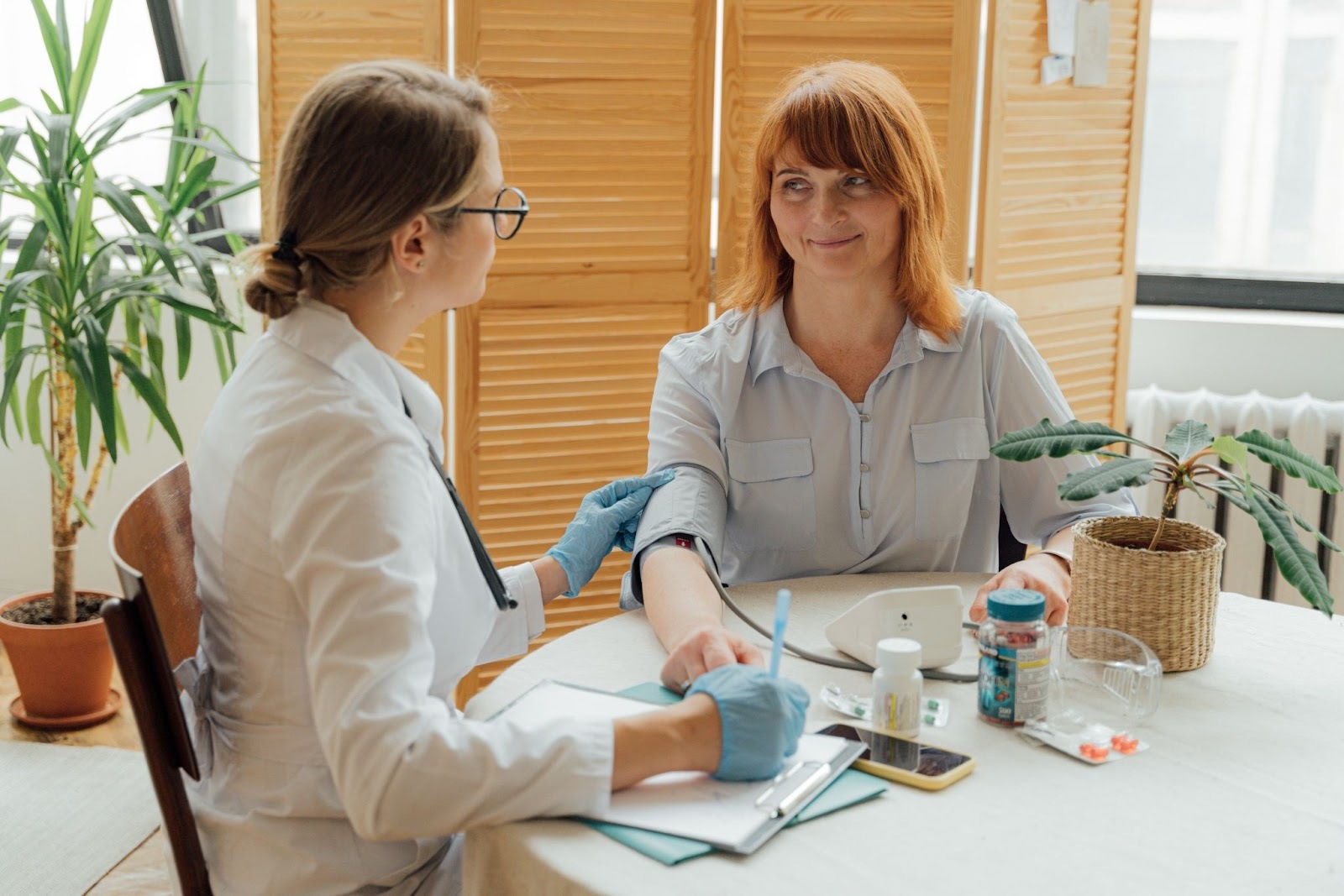Transforming Chronic Disease Management Through RPM
According to the Centers for Disease Control (CDC), six out of every ten individuals in the U.S. live with a chronic disease, creating a growing demand for long-term solutions to help manage their symptoms. A new solution on the horizon is remote patient monitoring, or RPM.

Thanks to the convenience and efficacy of RPM, individuals managing chronic conditions can not only maintain but enhance their quality of life. RPM provides opportunities to prevent complications proactively, offer real-time health data insights, and connect providers to patients regardless of location.
Common Examples of Chronic Diseases
Chronic or non-communicable diseases (NCDs) are long-term health conditions that typically progress slowly and may persist for a person’s lifetime. RPM can help supplement and support the ongoing medical care they often require.
Some of the most common chronic diseases in the U.S. include:
- Cardiovascular diseases like coronary artery disease (CAD), congestive heart failure, high blood pressure, etc.
- Diabetes
- Respiratory diseases such as asthma or chronic obstructive pulmonary disease (COPD)
- Sleep disorders like sleep apnea or narcolepsy
- Autoimmune disorders
- Chronic pain caused by conditions like arthritis or acute injury
What Is Chronic Disease Management and How Does It Work?
Chronic disease management is all about finding a balance between care and prevention. While there is no cure for chronic conditions, there are many things that a provider can do to improve a patient’s life. Chronic disease management usually involves these key steps:
- Diagnosis and Assessment: A patient expresses their concerns or experiences symptoms that prompt assessment(s). After evaluations are complete, the patient receives an official diagnosis.
- Treatment Planning: Providers and patients work together to establish a treatment plan to manage symptoms.
- Education and Patient Engagement: Providers give patients insight into life with a chronic condition and provide resources to help patients take a hands-on role in treatment.
- Medication Management: In cases where medication is necessary, providers prescribe, monitor, and adjust them as needed.
Each step of disease management can be aided in some way by using RPM, helping providers and patients streamline the treatment process.
What is RPM?
Remote patient monitoring is a healthcare practice that uses technology to collect and monitor patient health data from a distance. RPM is:
- Continuous. RPM collects patient-generated health data around the clock. There’s no need to schedule an appointment or rely on isolated information; you can gain insight into trends and long-term changes that shape the care you deliver.
- Technology-Driven: RPM relies on wearable devices, mobile apps, and secure online platforms like CoachCare to transmit and store patient data. Healthcare providers can easily access this information remotely for review and analysis.
- Proactive: Several studies confirm that RPM leads to better health outcomes for patients by helping them spot potential health problems before they worsen and receive prompt care.
How RPM Works
RPM lets healthcare providers track patients’ vital signs, symptoms, and other health metrics without needing in-person visits. It works by using technological devices that can measure things like blood oxygen levels, blood sugar, and more.
Accessing data, communicating with providers, and keeping up with important health changes are also important. Providers can help patients use RPM effectively by utilizing CoachCare’s easy-to-use platform.
RPM Devices for Chronic Diseases: Examples
There’s no shortage of RPM devices for chronic disease management, but some of the most common include those below.
- Blood pressure monitors
- Glucose monitors
- Pulse oximeters
- Sleep monitors
- Remote thermometers
2024 Codes for Chronic Disease Management
RPM CPT codes help healthcare professionals show insurance companies how they’re serving patients so they can receive appropriate reimbursement. Though RPM is still a relatively new care option, recent years have ushered in several waves of new CPT codes providers can use to integrate RPM into their practices.
As of 2024, the Center for Medicare and Medicaid Services (CMS) has extended the use of codes introduced in previous years. There are no new codes as of September 2024, but CMS has clarified that CPT codes 99457 and 99548 may now be classified as primary care services.
The same allowances that helped providers reach patients during the COVID-19 pandemic continue to provide opportunities for reimbursement.
RPM Testimonials
Nothing speaks better to the value of RPM than real-world experiences. These testimonials from CoachCare clients demonstrate how RPM can help you bring life-changing care to your patients’ homes.
“As a large health system, we have a lot of stakeholders involved in launching a new program like RPM, but CoachCare’s expert team has been very helpful in making the process go smoothly. They are highly knowledgeable and on-call when needed, so we get the right mix of expertise and timely support. We could not have launched successfully without them.” -Brittney S., PA
“We utilized the app throughout the COVID crisis, and I cannot imagine coaching patients without it. The Bluetooth scale capabilities enable me to monitor my patients daily, not just weekly. The app allows patients to submit their meals, ask questions, and more - all in a HIPAA-compliant platform. The CoachCare support team is also amazing.” -Toni S., Health Coach
Getting Started With RPM: Count on CoachCare
Remote patient monitoring is a great way to better your practice and have a more substantial connection with your patients. Are you ready to start using RPM? CoachCare is here to help. Reach out to us today to learn more about how we can help you use RPM to revolutionize the treatment you offer to patients managing chronic diseases.